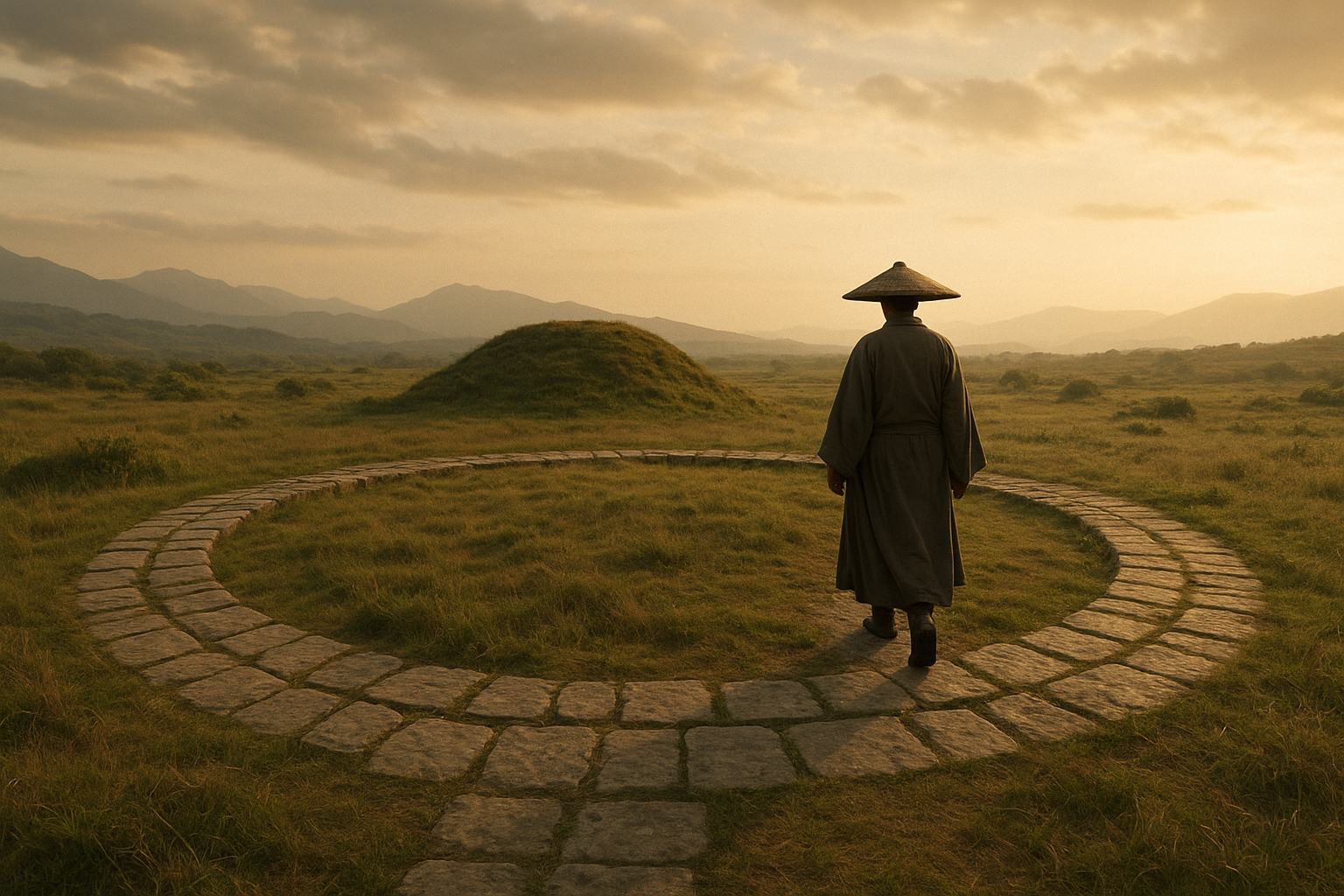Walking the Eternal Circle: The Endless Pilgrimage of Dao
In the vast expanse of spiritual practices, the path of Daoism offers a profound journey, one not toward a specific destination but toward the eternal present moment. This journey is often described as an “Endless Pilgrimage,” a cyclical exploration of the self and the universe intertwined.
Understanding Dao
The term “Dao” or “Tao” translates literally to “the Way.” It is the foundational concept of Daoism, a philosophy that emphasizes living in harmony with the Dao, the unchanging principle behind the universe. As Laozi, a central figure in Daoism, eloquently stated, “The Dao that can be told is not the eternal Dao; the name that can be named is not the eternal name.” (Tao Te Ching). This paradoxical statement encapsulates the idea that the true Dao transcends human language and conceptual thinking.
The Cyclical Nature of Life
Walking the eternal circle signifies embracing the cyclical nature of life. In Daoism, life is seen as a series of flowing cycles, much like the change of seasons or the ebb and flow of the tides. These cycles are not linear but circular, echoing the belief that each end signals a new beginning.
The Practice of Wu Wei
A key aspect of this pilgrimage is the practice of Wu Wei, or “non-action.” This does not imply inaction but rather an action that is in perfect harmony with the flow of the universe. As Zhuangzi, another celebrated Daoist sage, explains,
“The Dao does nothing, and yet nothing is left undone.”
This principle encourages adherents to align their actions with the natural order, cultivating a life of effortless grace.
Embracing Simplicity and Contentment
- Simplicity: Daoist teachings often emphasize the beauty of simplicity. By stripping away unnecessary desires, one can better align with the Dao.
- Contentment: Achieving harmony requires a deep appreciation of what is. Contentment becomes a natural state, reducing the endless striving for more which characterizes much of modern life.
The Journey Within
Walking the eternal circle is as much an inner journey as it is an outer one. It requires mindfulness and meditation, practices that quiet the mind and open the heart to the Dao. This journey is both personal and universal, inviting practitioners to explore the interconnection of all things.
Ultimately, the Endless Pilgrimage of Daoism offers a path of spiritual fulfillment through harmony, simplicity, and unity with the ever-present “Way.” As each step is taken, the circle closes, only to open again, revealing new layers of existence to be explored.


